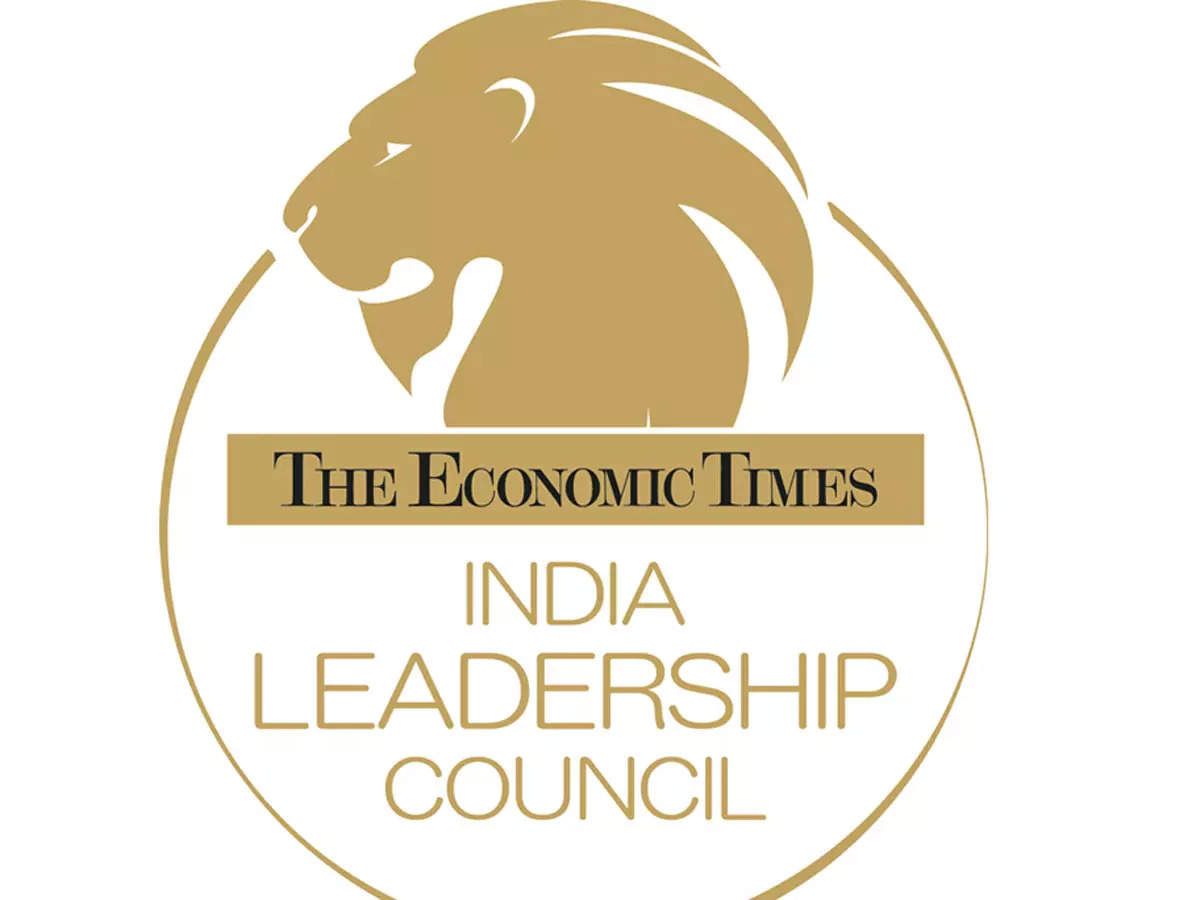ETILC will facilitate growth for small Indian start-ups: Technology Subgroup
The Steering Committee of the ETILC Technology Subgroup had its first meeting and identified the area of work for the committee in 2022. Supporting the Indian startup ecosystem will be the committee’s focus. The group took into consideration a variety of factors before reaching this decision. They accounted for the areas that the government is already working on, the biggest needs of the industry, and the greatest strengths of the ETILC network.
Nitin Sahni, Founder & CEO, Kamadhenu Technologies and Moderator, ETILC Technology Subcommittee
“Talent will be a differentiator for companies, and those economies which have better skills and talent suited to emerging trends such as renewables, AI, Machine Learning, Cloud, IoT, etc will gain better economic outcomes. As far as we are concerned, this means there are two big ways we can contribute, one is in the area of upskilling, and the second is in the area of supporting high-tech start-ups that leverage AI and data science skills. According to the World Intellectual Property Organisation, India’s investment in R&D has decreased over the last decade from 0.85% of GDP in 2008–2009 to remain stagnant at around 0.7% for the last several years. Leaving aside the top R&D spending economies, this is significantly lower than other BRIC nations and is something that leaders across India Inc should take note of to remain resilient and sustain a national economic growth of over 7-8% annually.”
"Currently, even though India has a huge talent pool of engineers, only 3% of those have the relevant skills to work on next-gen technologies such as AI and data science etc"
— Nitin Sahni, Founder & CEO, Kamadhenu Technologies and Moderator, ETILC Technology Subcommittee.
The correlation between R&D and growth
As per a World Economic Forum report, Israel, South Korea, and Switzerland spend the most on R&D, if you look at the spend as a percentage of GDP. The US (2.84%) and China (2.19%) rank numbers 9 and 13 on the list. India spends 0.7% of its GDP on R&D.
As per Inekwe, John Nkwoma. “The Contribution of R&D Expenditure to Economic Growth in Developing Economies” Social Indicators Research - there is a beneficial impact of R&D spending on economic growth in developing countries. The effect of R&D spending on growth is positive for upper-middle-income economies while insignificant in lower-income economies. Thus, as India moves to become a 5 trillion-dollar economy, it must ramp up its spending on R&D.
Jaya Vaidhyanathan, CEO, BCT Digital
“If you look at the United States, most of the cutting-edge research is happening in the top universities. They receive large amounts of R&D funding and work closely with both the government and corporates. India needs an R&D roadmap and this is something we can facilitate.”
Sumit Sood, Group Vice President and Head of APAC, GlobalLogic
The acceleration in the pace of technology innovation is playing. a pivotal role in transforming India as the next digital hub. There is a need to bring forth a robust R&D roadmap, emphasize on private-public partnership, shift focus towards the most important areas where development and technology interventions are required, and thereby, enhance the Indian research ecosystem to make India a favourable R&D destination globally.
"It is imperative to heavily invest in R&D to boost our country’s GDP and unlock the potential of becoming a true digital economy."
— Sumit Sood, Group Vice President and Head of APAC, GlobalLogic
The Indian startup ecosystem
As per the Startup India Initiative, the country has the 3rd largest startup ecosystem in the world; expected to witness YoY growth of consistent annual growth of 12-15%. There are over 50,000 startups in total; around 8,900 – 9,300 of these are technology-led startups. There are also 83 unicorns with a total valuation of $ 277.77 billion. While private equity deal size and overall funding are increasing every year there are still challenges.
Despite a shortage of US work visas, many early-stage Indian startups move to the US the first opportunity they get. Some of this is due to what startup accelerators and venture capitalists demand. Other times, it’s a question of moving closer to the market if they’re catering to the US market. But also, there are operational reasons, more opportunities, and a larger network to tap into. This is especially true of B2B startups who want to compete for both MNCs and well-funded startups.
Himanshu Goel, Founder & CEO, Azpiro Systems
“Many Indian SaaS startups choose to take their work to the US because they still don’t get the opportunity to sell their products and services to large Indian enterprises. One of the biggest contributions ETILC members can make is by supporting these startups by getting them contractual engagements with large firms and acting as a testbed for use cases and identify new opportunities for founders to set up new startups.”
Government initiatives for startups
Over 4,000 startups have benefitted from government initiatives in the last year and Rs. 960 crore of funding has been disbursed to them through various schemes. For startups, there are also several tax incentives, such as an IT tax exemption for three years. In terms of legal support, there is a fast-tracked system for patent applications, also assistance is provided in the filing of applications. There are also relaxed norms for public procurement and credit guarantee schemes. In addition to this, the government has set up 31 Innovation Centers, 15 Startup centers, 15 Technology Business Incubators, 7 Research Parks, and 500 Atal Tinkering Labs.
However, many startups could still gain significantly from engaging with industry leaders and mentors and receiving guidance on how to optimize their business models.
Sridhar Dharmarajan, EVP & MD, Hexagon Manufacturing Intelligence
“We are already working with NITI Aayog quite closely and one of their biggest concerns is upskilling. In that area, we have already set up a centre for excellence in Aurangabad to train people and will be setting up a few more shortly.”
Dinesh Aggarwal, Joint MD, Panasonic Life Solutions India
“There are some very small technology companies, especially in the IoT space, which need hand-holding. When we were looking for energy management solutions from IoT automation companies we found many Bengaluru-based startup firms who have great products that are at par with international ones but at a fraction of cost. Companies like these will gain immensely from engagement with member organizations in the ETILC network.”
"These firms find it very difficult to raise funding, unless they are adopted and guided by large companies that can integrate these technologies into their existing or new products."
— Dinesh Aggarwal, Joint MD, Panasonic Life Solutions India
Next steps for the Steering Committee
The group will be preparing a presentation on all the areas through which ETILC can further aid in the progress of Indian startups and then meet with NITI Aayog representatives.
Members of the Steering Committee
- Nitin Sahni, Founder & CEO, Kamadhenu Technologies
- Jaya Vaidhyanathan, CEO, BCT Digital
- Sumit Sood, Group Vice President and Head of APAC, GlobalLogic
- Himanshu Goel, Founder & CEO, Azpiro Systems
Source: Economic Times






